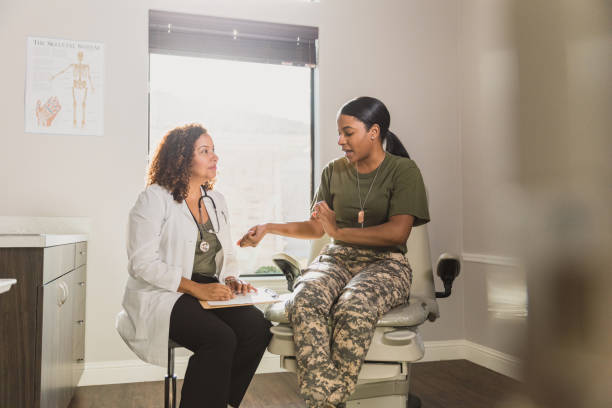
When a suspicious skin lesion sends you scurrying to a dermatologist, asking for a full-body skin check could save your life. Dermatologists are twice as likely to find skin cancer with a full-body check, a new study reveals. More than half of the skin cancers discovered were not in the location the patient was concerned about. This is key for Black people whose skin cancer is often diagnosed at a later stage because treatment is difficult when the cancer is at a later stage, according to the American Academy of Dermatology Association.
"If the dermatologist did not check their entire body, these skin cancers would be missed," lead author Dr. Murad Alam says. He is vice-chair of dermatology at Northwestern University Feinberg School of Medicine, in Chicago.
His team reviewed the medical records of more than 1,000 patients for the study, which is scheduled for publication in September in the International Journal of Women's Dermatology.
READ: How Technology Is Making Skin Cancer Diagnosis Easier
The skin cancers discovered during full-body skin exams included basal cell carcinomas, squamous cell carcinomas and life-threatening melanomas. Melanoma can spread quickly so getting a full-body skin check can be extremely helpful.
"The bottom line is everyone with a risk of skin cancer or a suspicious skin lesion should have a complete skin exam because this is the best way to find skin cancers," Alam says. "This practice can save many lives."
Skin cancers, the most common cancers in the United States, can be treated successfully if found early. About 5 million people in the United States are diagnosed with skin cancer each year.
READ: 5 Surprising Things That Increase Your Skin Cancer Risk (It’s Not Just The Sun!)
Anyone at risk for skin cancer due to fair skin, a history of sun exposure or other risk factors should
have routine full-body skin exams, experts say.
"This study shows the importance of a complete skin exam, also called a full-body skin exam, for finding skin cancer," Alam says.
"Dermatologists need to take the opportunity to look over the patient's entire body, even when the appointment is just for a suspicious lesion. And patients need to request one in case the doctor doesn't suggest it."
READ: Dark Skin Isn’t Protection From Deadly Skin Cancer
You should self-examine yourself. Keep in mind that while areas that are exposed to the sun are most at risk, skin cancer may also form on hidden body parts.
For this reason, it's important that you regularly examine your legs, arms, face and neck, areas between the toes, underneath nails, palms of the hands and soles of the feet, genitals and even the eyes.
If you notice any new or unusual growths, or changes in the size, shape or color of an existing spot, you should contact your dermatologist.








